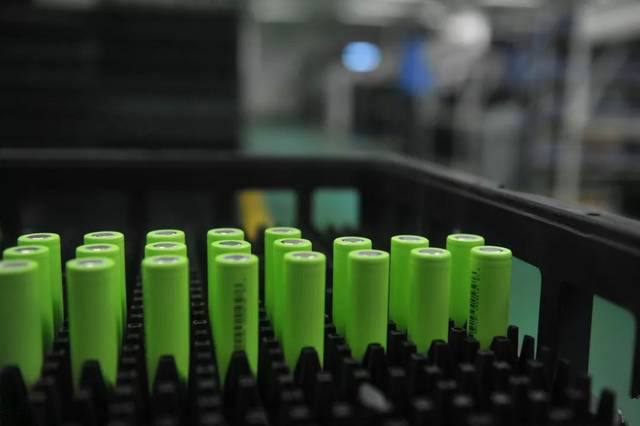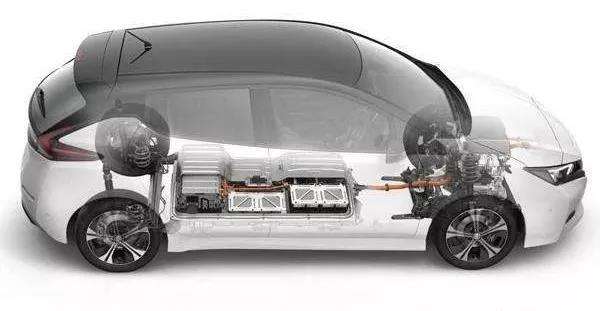In 2018, the production and sales of new energy vehicles exceeded one million for the first time. The prosperity of the new energy vehicle market drove the growth of the power battery market. In 2018, the power battery achieved 57.35GWh of installed capacity, up 57.0% year-on-year. Under the glory, there are many dangers hidden. In 2018, more than 40 incidents of new energy vehicles have occurred. They have gradually ejected “mileage anxiety” and have begun to fall into “safety anxiety”. How to balance the high specific energy and safety of batteries?
Excessive pursuit of battery energy density
“Hourly Anxiety” is a phenomenon that has existed since the emergence of new energy vehicles. This is one of the most concerned focuses of consumers and the pain point of the industry. In order to get rid of mileage anxiety and achieve overtaking in corners, the state continues to encourage high energy density and high cruising range. In 2017, the Ministry of Industry and Information Technology, the National Development and Reform Commission, and the Ministry of Science and Technology jointly issued the "Medium and Long-Term Development Plan for the Automotive Industry" (Ministry of Industry and Information Technology [2017] No. 53, hereinafter referred to as "Planning"). The goal of the "Planning" is: by 2020, the power battery bill The body energy density reaches 300Wh/kg or more, and strives to achieve 350Wh/kg. The system energy density strives to reach 260Wh/kg, and the cost is reduced to 1 yuan/Wh.

Under a series of incentives, companies are continually increasing the energy density of their batteries. Various battery companies have begun to deploy high-nickel 811. It plans to introduce 300Wh/kg-350Wh/kg battery cells in the next few years. 180Wh/kg-200Wh/kg is advanced and mass-produced.
At the time of the company's race against time, the frequent spontaneous combustion of electric vehicles has caused widespread concern in society.
The relevant person in charge of the State Administration of Markets Supervision said that there have been more than 40 incidents of new energy vehicle fires in 2018, and the new energy vehicle safety accidents were mainly caused by the thermal runaway of power batteries. "The thermal runaway is only the result. The cause of battery thermal runaway is complicated, which is the main reason why the industry believes that the source of the accident is difficult to be clear." A new energy vehicle analyst pointed out.

Under a series of incentives, companies are continually increasing the energy density of their batteries. Various battery companies have begun to deploy high-nickel 811. It plans to introduce 300Wh/kg-350Wh/kg battery cells in the next few years. 180Wh/kg-200Wh/kg is advanced and mass-produced.
At the time of the company's race against time, the frequent spontaneous combustion of electric vehicles has caused widespread concern in society.
The relevant person in charge of the State Administration of Markets Supervision said that there have been more than 40 incidents of new energy vehicle fires in 2018, and the new energy vehicle safety accidents were mainly caused by the thermal runaway of power batteries. "The thermal runaway is only the result. The cause of battery thermal runaway is complicated, which is the main reason why the industry believes that the source of the accident is difficult to be clear." A new energy vehicle analyst pointed out.

Gradually driving out of "mileage anxiety", and then began to fall into "safety anxiety." The ongoing safety incidents have to be taken seriously, and how should the high specific energy and safety of the battery be taken into account? What are the factors that affect security?
















 RCCN WeChat QrCode
RCCN WeChat QrCode Mobile WebSite
Mobile WebSite